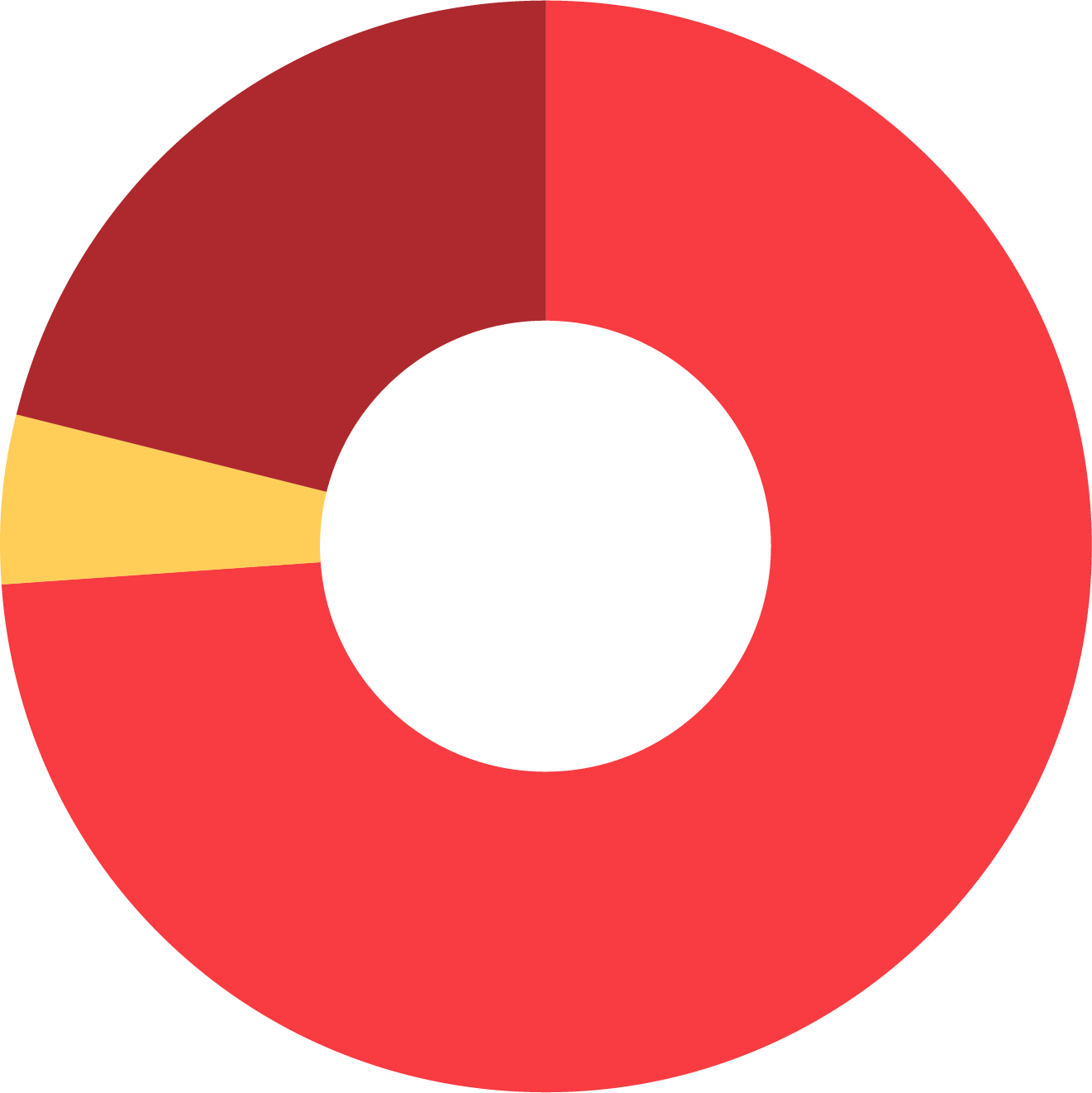
Gas Taxes
Each time you fill up your gas tank, a tax is charged which helps fund our highways and bridges.
General Fund, Bonds, Interest:
Funds from the general sale of bonds, sources of interest, and general Pennsylvania tax revenue supplement the other sources of funding.
Driver and Vehicle Services Fees:
When Pennsylvanians purchase a car, register it, or apply for a license, they’re helping fund our highways and bridges.